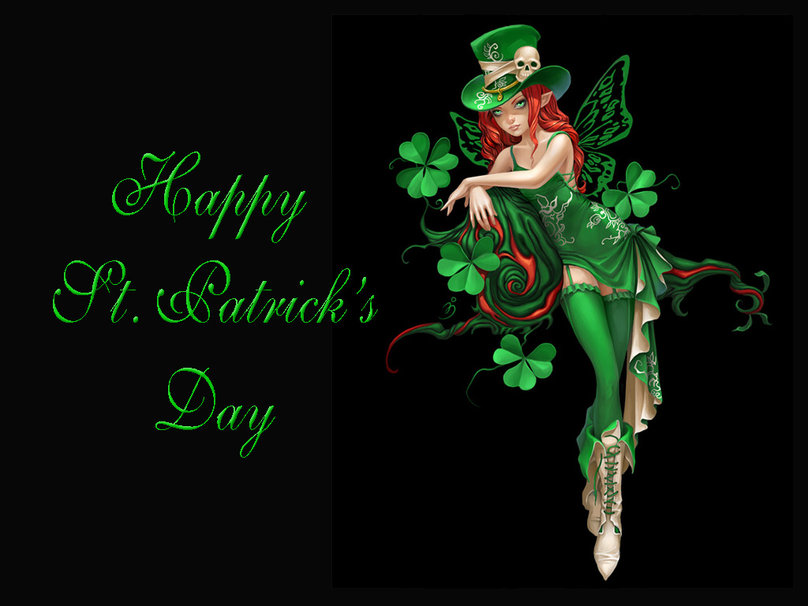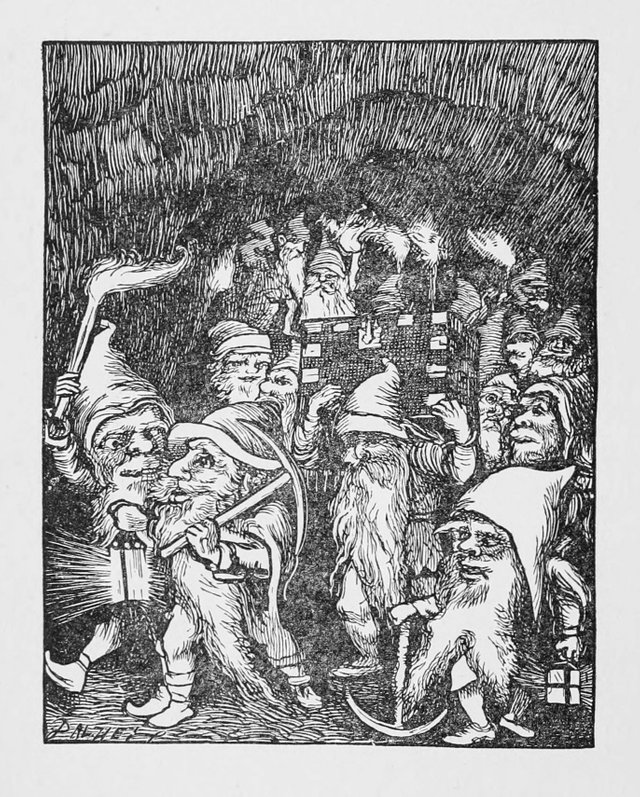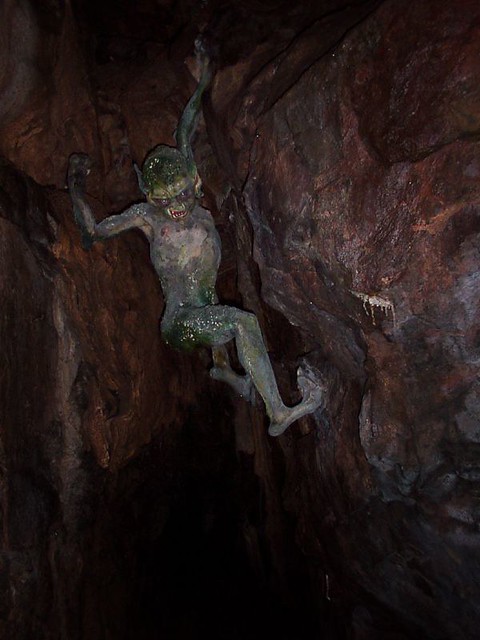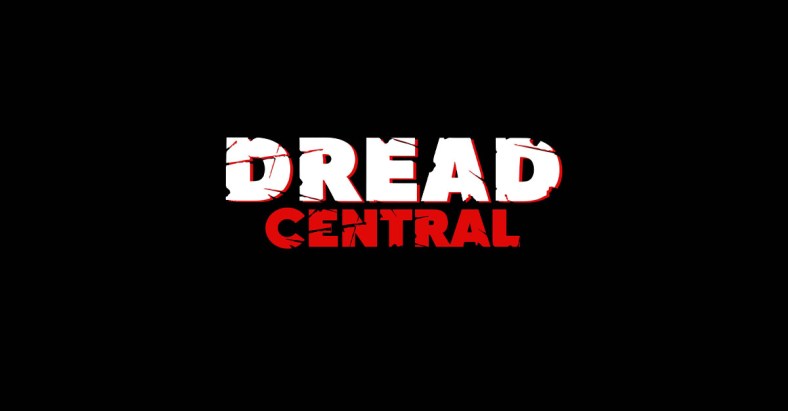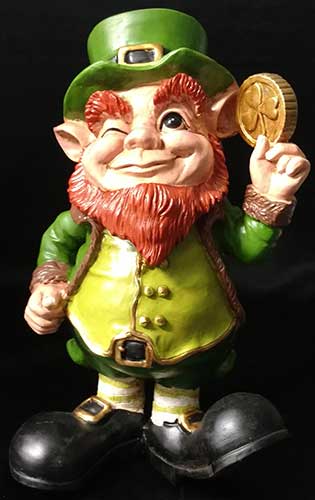 -----------Happy (Early) St Patrick's Day -------
-----------Happy (Early) St Patrick's Day -------
From advertising schemes to cartoons and movies the Leprechaun has been a pop-culture image for many many years now in fact the image of the leprechauns is now one of the most recognizable images from Irish folklore.
Among the Fairy courts the Leprechaun is perhaps the most well know fay second only too the Fairy's..(Tinkerbell etc )
A leprechaun is a type of fairy and a member of the Aos Sí in Irish mythology.
They are most often depicted as small bearded men, wearing a coat and hat,
and are said to be found of pranks and mischief.
They are usually solitary creatures who spend their
time making and mending shoes and have a hidden pot of gold at the end
of the rainbow.

===================
Leprechaun myth's and folklore------
The earliest known reference to the leprechaun appears in the medieval tale known as the
Echtra Fergus mac Leti (
Adventure of Fergus son of Léti).
The text contains an episode in which Fergus mac Leti the King of Ulster, falls asleep on the beach and wakes to find himself being dragged into the sea by three
lúchorpáin. He captures his abductors, who grant him three wishes in exchange for release.
The leprechaun is said to be a solitary creature, whose principal
occupation is making and mending shoes, and who enjoys practical jokes.
According to William Butler Yeats the great wealth of these fairies comes from the "treasure - crocks, buried of old in war-time", which they have uncovered and appropriated.
According to David Russell McAnally the leprechaun is the son of an
"evil spirit" and a "degenerate fairy" and is "not wholly good nor
wholly evil".
----------------------------
Some researchers say that the word leprechaun may have be derived from the Irish
leath bhrogan,
which means shoemaker. they are cobblers, or shoemakers. Shoemaking.
Image by JB Monge
------------

According to Irish legends, people lucky
enough to find a leprechaun and capture him (or, in some stories, steal
his magical ring, coin or amulet) can barter his freedom for his
treasure. Leprechauns are usually said to be able to grant the person
three wishes. But dealing with leprechauns can be a tricky proposition.
----------------------
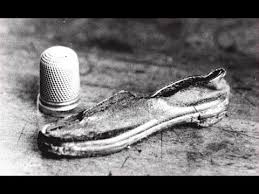 Very small shoe made of mouse leather found by a sheep farmer on an ancient trail within the Beara Peninsula in Ireland.1824... (Post about this coming soon)
Very small shoe made of mouse leather found by a sheep farmer on an ancient trail within the Beara Peninsula in Ireland.1824... (Post about this coming soon)
---------------------
Leprechauns.....
The name
leprechaun is derived from the Irish word
leipreachán, defined by Patrick Dinneen as "a pigmy, a sprite, or leprechaun". The further derivation is less
certain; according to most sources, the word is thought to be a
corruption of Middle Irish
luchrupán,
from the Old Irish
luchorpán, a compound of the roots
lú ("small") and
corp ("body").
The root
corp, which was borrowed from the Latin
corpus, attests to the early influence of Ecclesiastical Latin on the Irish language.
However, further research published in 2019 suggests that the word derives from the
Luperci and the associated Roman festival of Lupercalia.
The alternative spelling
leithbrágan deriving the word from
leith (half) and
bróg (brogue), because of the frequent portrayal of the leprechaun as working on a single shoe.
Alternative spellings in English have included
lubrican,
leprehaun, and
lepreehawn. Some modern Irish books use the spelling
lioprachán. The first recorded instance of the word in the English language was in Dekker's comedy The Honest Whore
, Part 2 (1604): "As for your Irish lubrican, that spirit / Whom by preposterous charms thy lust hath rais'd / In a wrong circle.
Some believe that leprechauns are descended from the Tuatha de Danann. When the
Milesians came to Ireland (according to the Book of Invasions) they
conquered the Tuatha de Danann and forced them to live under ground
(this connects them to the aes-sidhe).
---------
The cluricaun is often confused with the leprechaun. The leprechaun is related to the
clurichaun and the
far darrig
in that he is a solitary creature. Some writers even go as far as to
substitute these second two less well-known spirits for the leprechaun
in stories or tales to reach a wider audience. The cluricaun is
considered by some to be merely a leprechaun on a spree.
------------------
Leprchuans love music, dancing, fox hunting, and drinking Irish whiskey these are said to
be the his ' favorite pastimes.
Once a leprachaun begins dancing
to a human's song, it is said that he cannot stop until the tune ceases.
His exhausted state may cause him to make outlandish offers, including
his crock (pot)of gold, if you will please only allow him to stop dancing.
Other means of finding his gold include looking at the end of a rainbow,
which may lead him to offer 3 wishes in exchange for his treasure. However his
promises of gold or wealth are nothing more the hollow words, as the Leprechaun employs
clever trickery when granting his wishes, usually resulting in the
embarrassment or even injury to the one making the wishes.
According to some legends, If caught by a human, he will promise great
wealth if set free.
He carries two leather pouches. In one
there is a silver shilling, a magical coin that returns to the purse
each time it is paid out. In the other he carries a gold coin which he
uses to try and bribe his way out of difficult situations. This coin
usually turns into leaves or ashes once the leprechaun has parted with it.
However, you must never take your eye off him, for he can vanish in an
instant.
According to legend, if anyone keeps an eye fixed upon one, he cannot escape, but the moment the eye is withdrawn he will vanish.
==========
--Other Media---
As with many old legends and traditions, the image and nature of the
leprechaun has changed over time and has been updated for a modern audience. Lucky the Leprechaun, mascot of the
General Mills breakfast cereal Lucky Charms, is probably the best-known
fairy of his type.
The 1959 Disney movie Darby O'Gill and the little people also played an prominent role how people see the wee folk today.
.
---------------

Then there's homicidal leprechaun Lubdan
in the "Leprechaun" horror/comedy film series played by "Willow" actor
Warwick Davis.
-----------------
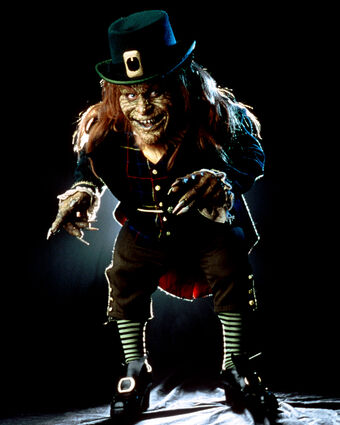
===========================
One of the most well know Leprechauns in the world is Lucky the General Mills cereal mascot for Lucky Charms.
=================
-----Lucky the Leprechaun -----

=====================
=============
Hornswaggle
==========

Professional wrestler
Dylan Mark Postl competed and appeared as Hornswoggle the little leprechaun that lived under the ring, for most of his WWE career
========
The University Notre Dame- Fighting Irish Leprechaun mascot

============================
The Boston Celtics logo has a leprechaun mascot of the team named Lucky the Leprechaun...no relation to General Mills or Lucky Charms...

--------------------------
Cute female Leprechaun ...
Leprechaun Fairy Goth Girl with Shamrocks

Leprechaun in anime
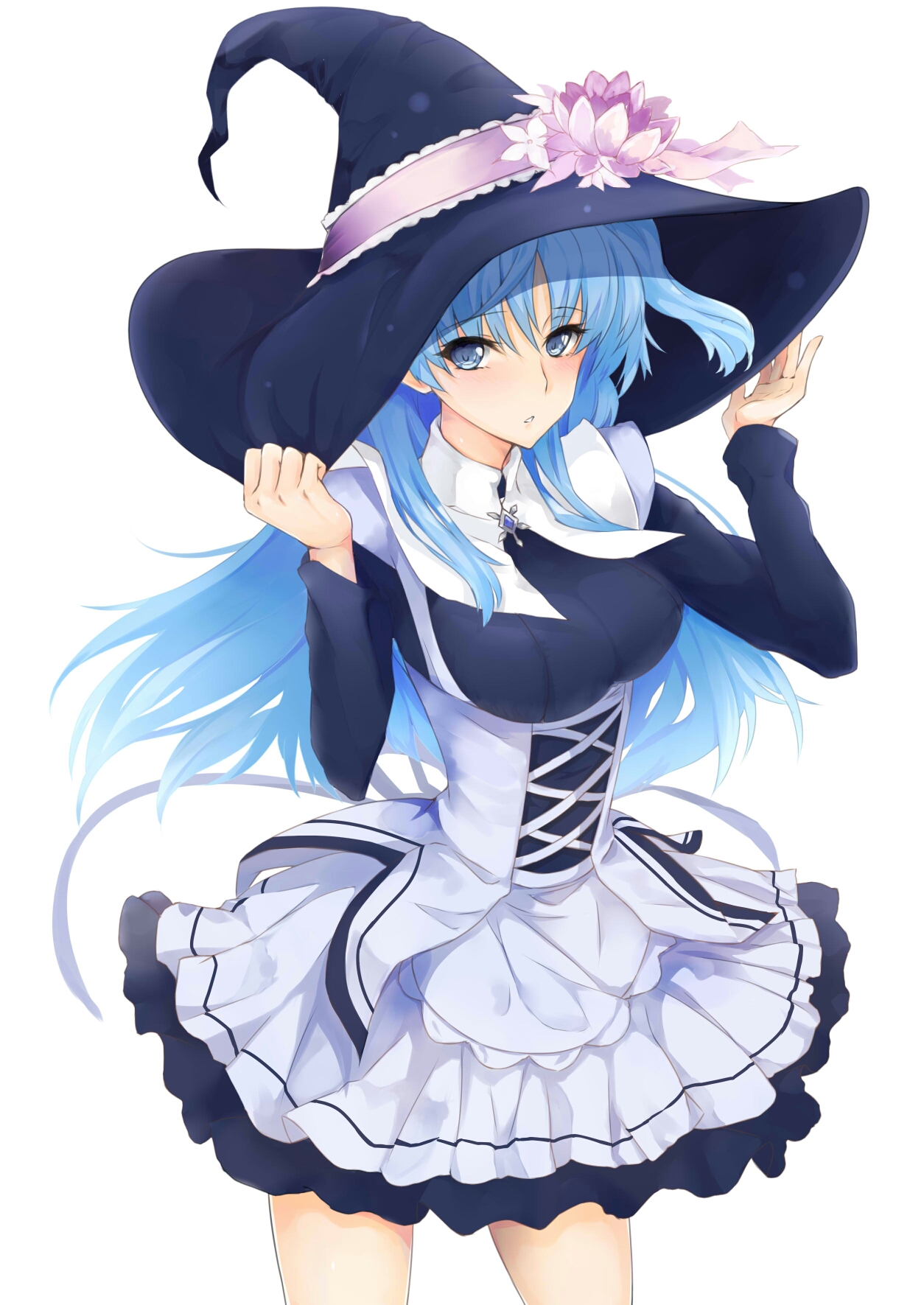

Chtholly Nota Seniorious from
Shuumatsu Nani Shitemasu ka? Isogashii Desu ka? Sukutte Moratte Ii Desu ka?
WorldEnd: What do you do at the end of the world? Are you busy? Will you save us?
================
Leprechaun and Politics....
---------------------------------------
Paul Krugman a Nobel Prize-winning economist, first coined the term "Leprechaun economics"
to describe distorted or unsound economic data, which he first used in a
tweet on 12 July 2016 in response to the publication by the Irish Central Statistics Office or CSO..that Irish GDP had grown by 26.3%, and Irish GNP had grown by 18.7%, in
the 2015 Irish national accounts. The growth was subsequently shown to
be due to Apple restructuring its double Irish tax scheme which the EU Commission had fined €13bn in 2004–2014 Irish
unpaid taxes, the largest corporate tax fine in history. The term has
been used many times since.
In the Irish politics the leprechauns has been used to refer to the twee (a childish pronunciation of
sweet). aspects of the tourist industry in Ireland This can be seen from this example of John A Costello addressing the Oireachtas
in 1963: "For many years, we were afflicted with the miserable
trivialities of our tourist advertising. Sometimes it descended to the
lowest depths, to the caubeen and the shillelagh not to speak of the leprechaun
